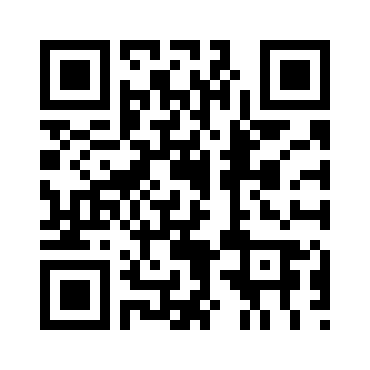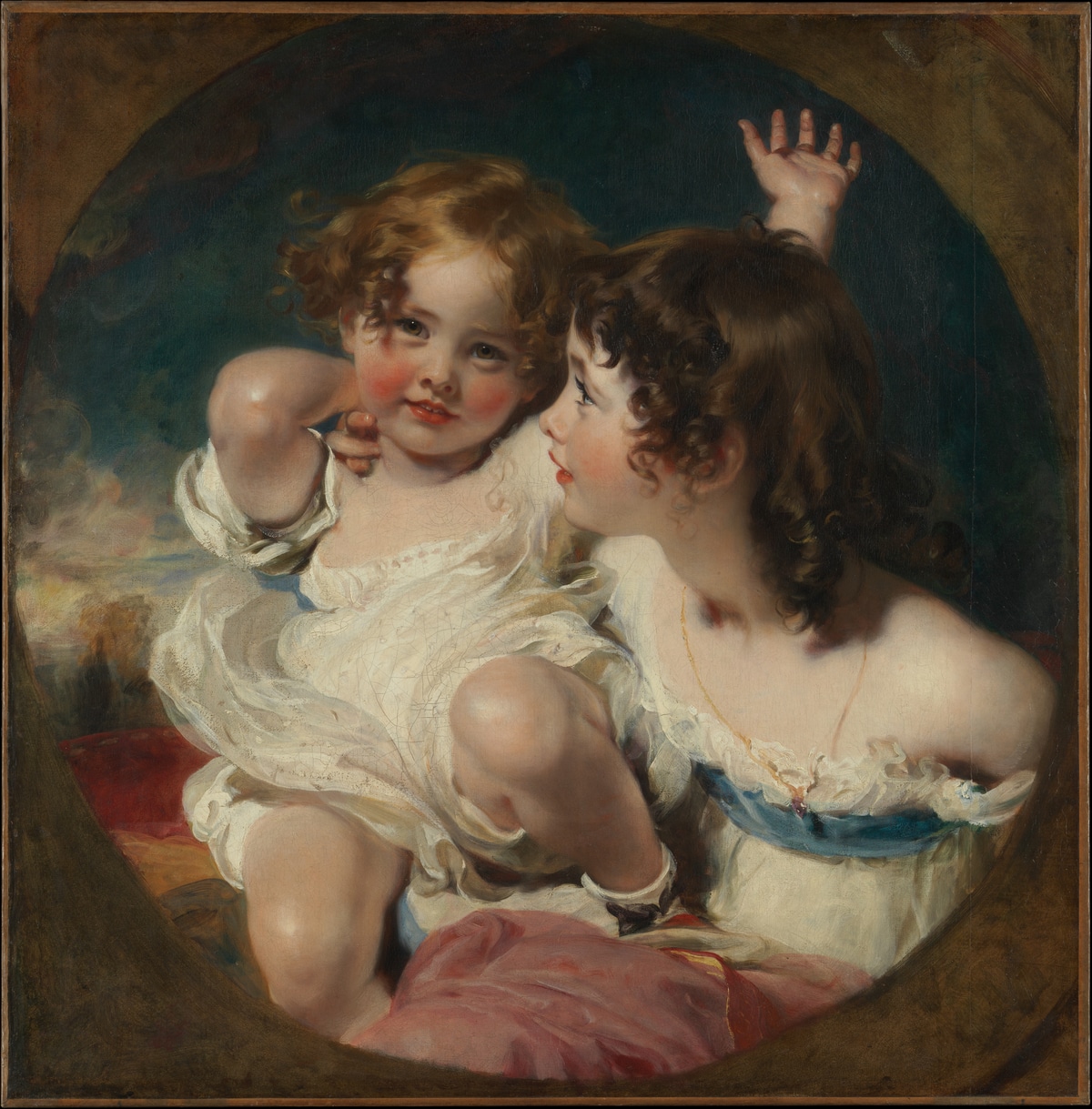Technology has changed our lives dramatically—we communicate, learn, shop, and unwind in all kinds of newfangled ways—so it’s no surprise that it’s also had a huge impact on the world of visual art. The lid is off the pot, and the contents are bubbling over. Whether it’s social media, online art sales, cloud-based tracking, or the increasingly unmediated relationship between artists and buyers, new technologies are transforming the world around us.

So what does all of this portend for working artists? Should they be wringing their hands in despair? Quite the contrary. With change happening at faster and faster rates, no one is yet an expert in any of it. There’s no crystal ball or roadmap for how to best respond to the shifts that are taking place. But far from being a liability, that uncertainty actually presents artists with a huge opportunity, and now is the time for them to act. They must figure out how to use new technology for their own benefit, and cut out the middlemen.
Artists are extremely well-suited to this challenge. They are, by definition, visionaries and risk-takers. They invent and create every day, helping us to see our world with fresh eyes. Their work requires them to absorb new knowledge, think flexibly, and adapt. As a class of humanity, artists are in the best possible position to work with new tools, and mold them to their own needs. Was Leonardo da Vinci an artist or a scientist? Clearly, he was both.
The Future is Now
Last October, The New York Times compared today’s art market to that of 15 years ago: “Fast-forward, and you discover that online buyers are far more willing to spend thousands—and, in a few cases, hundreds of thousands—to purchase fine art and furnishings on the Internet.” While online sales are still only six percent of the total, the involvement of giants like Amazon and eBay pretty much guarantees that that figure is going to increase.
While the growth of the online art market is one of the most obvious signposts along the road to a new tomorrow, it’s hardly the only one. In a thoughtful analysis for The Art Newspaper, Art Basel Director Marc Spiegler raised a host of related issues, including “Will Instagram replace galleries?” and “Is the art world’s speed a fatal addiction?” Although he was addressing gallerists, the questions he posed are just as relevant to professional working artists. And the answers are the same: “To be determined.”

Even the works themselves are being affected by technology—and not only in the ways you might expect. A recent Banksy piece included a stencil of a QR code, which when decoded by a smartphone app took viewers to video footage of tear gas being used in a recent raid on French refugee camps. While there’s nothing new about artists making political statements, what is notable is the medium. Imagine all the ways that artist-entrepreneurs could use a tool like the QR code to reach new clients, and expose existing ones to the rest of their body of work; that’s just one example among many.
Time to Chart a New Course
Change can bring peril and fear with it, but while some of the attending upheaval may pose risks to artists’ livelihoods, the risk of not embracing technology is far greater. Like it or not, brick-and-mortar approaches are failing all around us. That’s not to say the old ways are irrelevant, or that they’ll disappear completely, but it’s clear that the picture is changing in fundamental ways. Like all entrepreneurs, artists must learn to adapt if they hope to be successful.
And it’s not only the landscape that is being reshaped—it’s buyers as well. Increasingly, the industry is selling art to people for whom technology plays a pivotal and seamless role in their lives. As The New York Times recently reported, many young collectors are bypassing auction houses completely, discovering paintings through social media instead.
As Spiegler points out, gallerists are finding that the people who visit their booths and galleries know much less about art than before. “Most do not come from families with a legacy of art collecting. Just as importantly, even the most experienced and engaged collectors today tend to have far less time for art than their predecessors.” If your potential customers lack knowledge about you, that presents you with a golden opportunity. Artists can use technology to help shape the awareness and interests of inexperienced collectors, and in the process develop a loyal customer base.
Artists Have the Advantage
With the new technological tools at their disposal, visuals artists can position themselves in front of those who might not otherwise discover their work, and forge vital connections with collectors, curators, and others whose support can mean the difference between starving and thriving.
But while it’s true that artists have a huge advantage, it’s not one that will last forever. The playing field has been leveled, but only temporarily. Artists must act now, while everything is still in disarray, and shape these new tools to meet their own needs before others do it first—and at their expense. It’s time for artists to seize the day, and the Clark Hulings Foundation is here to help them do just that.
To receive the “Director’s View” column by email each month, please sign up here.








Another empowering and informative article, thanks Elizabeth! It can feel overwhelming culling over a variety of artist business models that are often contradictory; how much to focus on going ahead with self representational versus galleries, agents and other middlemen. But it does seem that the current time period is unprecedented in terms of an artist’s ability to exhibit and sell their own work to collectors. Exciting we get to be a part of it!
Indeed Jason!